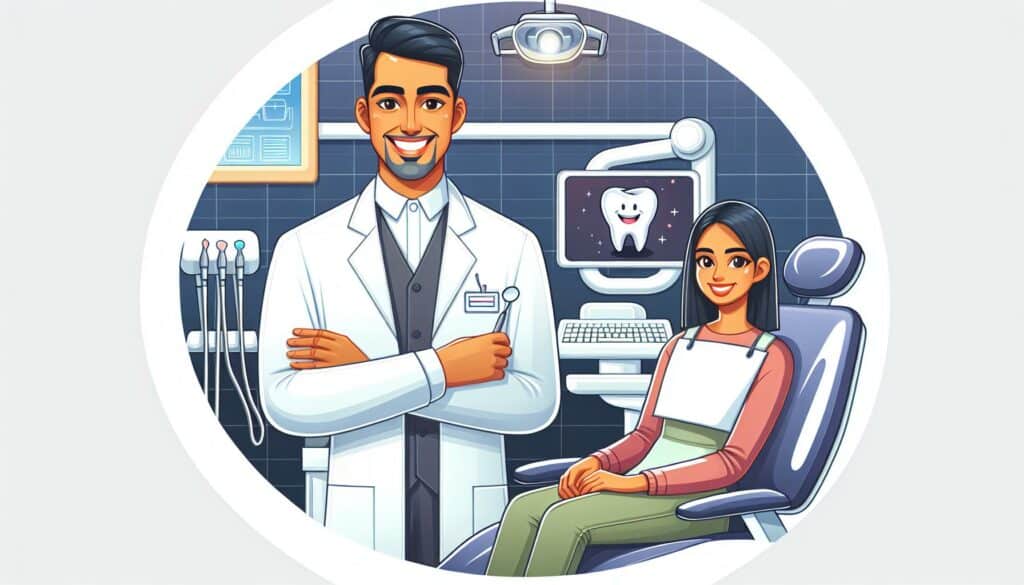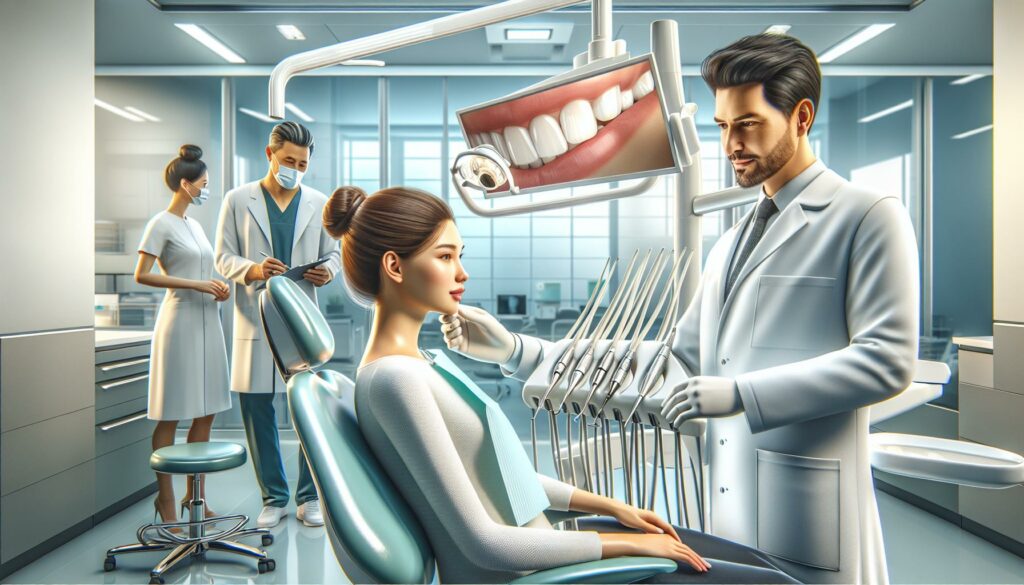Orthodontists and dentists are both dental professionals who specialize in oral health. However, they have different areas of expertise and perform different procedures. While both professions require a degree in dentistry, orthodontists undergo additional training to become specialists in tooth and jaw alignment.
Dentists are responsible for diagnosing and treating dental issues such as cavities, gum disease, and tooth decay. They perform routine cleanings, fillings, and extractions. Dentists also educate patients on proper oral hygiene practices to prevent dental problems from occurring. On the other hand, orthodontists focus on correcting misaligned teeth and jaws using braces, aligners, and other orthodontic appliances. They work to improve the function and appearance of a patient’s bite, jaw, and teeth.
It’s important to understand the differences between orthodontists and dentists when seeking dental care. While dentists can provide basic orthodontic treatments, such as braces and retainers, orthodontists have specialized training and expertise in correcting more complex issues. Patients with severe misalignments or bite problems may benefit from seeing an orthodontist for specialized treatment.
Understanding Dentistry and Orthodontics

Dentistry and orthodontics are two distinct fields that share some similarities. Both dentists and orthodontists receive extensive training in oral health, but they have different areas of expertise.
Dentists are doctors of oral health who specialize in the diagnosis, prevention, and treatment of oral diseases and conditions. They provide a wide range of services, including routine cleanings, fillings, extractions, and root canals. Dentists also educate patients on how to maintain good oral hygiene and prevent future dental problems.
Orthodontists, on the other hand, are a type of dentist who specialize in the alignment of teeth and jaws. They use braces, aligners, and other orthodontic appliances to correct crooked teeth, overbites, underbites, and other orthodontic issues. Orthodontists also work closely with other dental specialists to provide comprehensive care for their patients.
To become a dentist or orthodontist, one must first earn a general dental degree (DMD or DDS) from an accredited dental school. Dental school typically takes four years to complete and includes both classroom and clinical training. After completing dental school, dentists and orthodontists may choose to pursue additional education and training in a specific dental specialty.
Orthodontists typically limit their practice to their dental specialty, meaning that they focus on what they do best, which is the correct movement of teeth, jawbones, facial bones, and soft tissue. Dentists, on the other hand, may choose to specialize in a particular area of general dentistry, such as pediatric dentistry, endodontics, periodontics, or oral surgery.
In summary, dentists and orthodontists are both doctors of oral health, but they have different areas of expertise. Dentists provide a wide range of services to prevent and treat oral diseases, while orthodontists specialize in the alignment of teeth and jaws. Both dentists and orthodontists receive extensive education and training in dental school, and may choose to specialize in a particular area of dental specialty.
Roles and Responsibilities
Dentists and orthodontists are both dental professionals who play an essential role in maintaining oral health. However, they differ in their roles and responsibilities.
Dentist Responsibilities
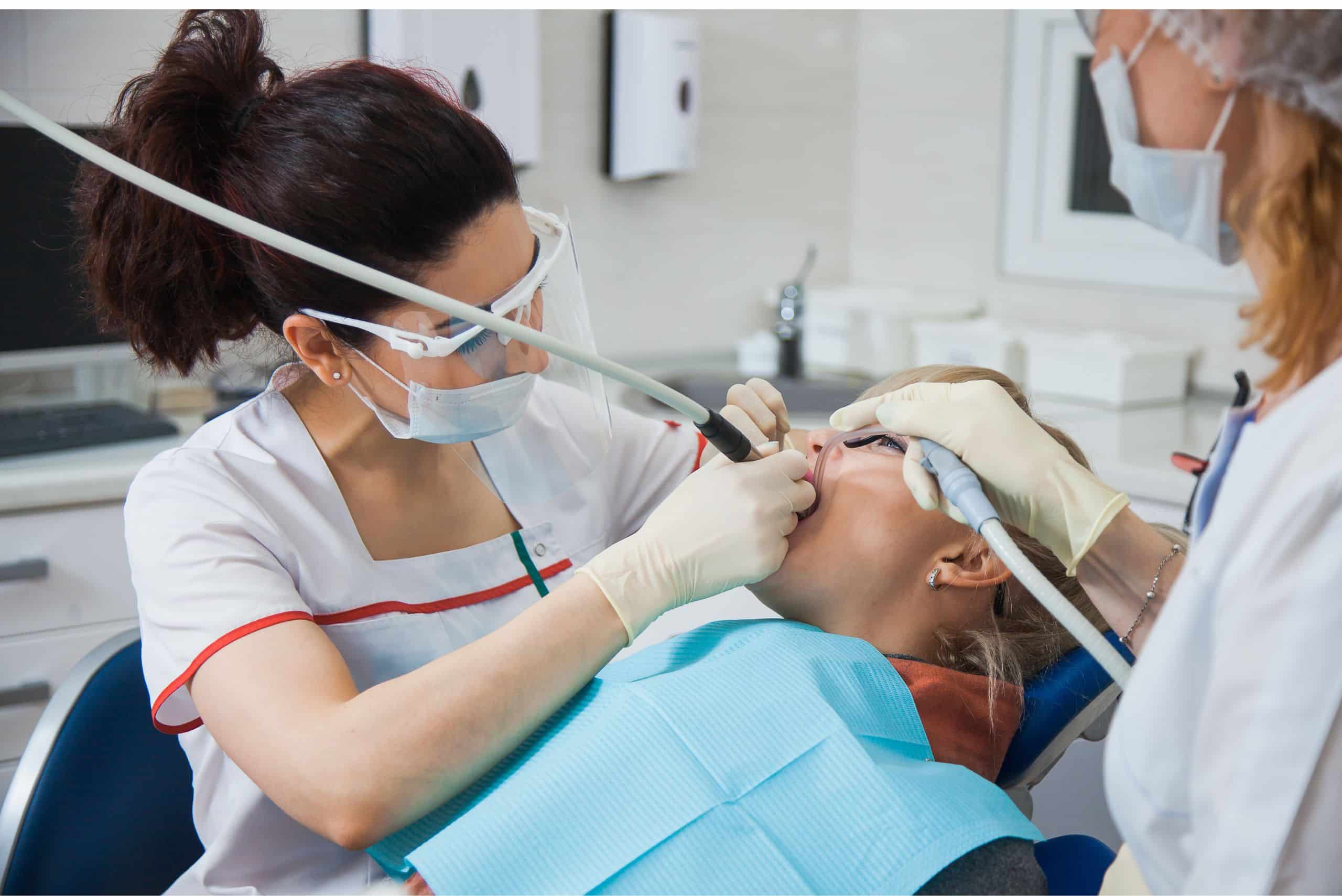
Dentists are general practitioners who diagnose and treat dental conditions such as mild gum disease, tooth decay, and oral infections. They provide regular screenings, check-ups, and cleaning procedures to their patients. Dentists also perform restorative procedures such as fillings, extractions, crowns, veneers, or bonding to improve the appearance and function of teeth that have extensive decay, or are misshapen or broken.
Dentists also look for abnormalities in the mouth and teach patients how to prevent dental disease. They may provide patients with advice on proper oral hygiene, including brushing and flossing techniques. Dentists also provide education on the importance of a healthy diet and how it can affect oral health.
Orthodontist Responsibilities
Orthodontists are specialists in orthodontics, which is a branch of dentistry that deals with the diagnosis, prevention, and correction of malpositioned teeth and jaws. Orthodontists focus on correcting misaligned teeth and jaws, which can cause a variety of problems such as difficulty chewing, speech problems, and even jaw pain.
Orthodontists use a variety of tools and techniques to correct misaligned teeth, including braces, retainers, and aligners. They work closely with patients to develop treatment plans that are tailored to their individual needs. Orthodontists also monitor their patients’ progress and make adjustments as needed to ensure that treatment is progressing as planned.

Job and Career
Both dentists and orthodontists require extensive education and training to become licensed professionals. To become a dentist, one must complete a four-year dental program after obtaining a bachelor’s degree. To become an orthodontist, one must complete a two to three-year residency program after completing dental school.
Dentists and orthodontists can work in a variety of settings, including private practices, hospitals, and clinics. They may also work in research or teaching positions. Both professions offer a rewarding career with opportunities for professional growth and development.
Patients
Both dentists and orthodontists play a crucial role in maintaining the oral health of their patients. Patients should visit their dentist regularly for check-ups and cleanings to prevent dental problems from developing. Orthodontic treatment can help correct misaligned teeth and jaws, improving both the appearance and function of the mouth.
Patients should work closely with their dental professionals to develop a treatment plan that meets their individual needs. They should also follow their dentist’s or orthodontist’s advice on proper oral hygiene and diet to maintain good oral health.
Dental Treatments and Procedures
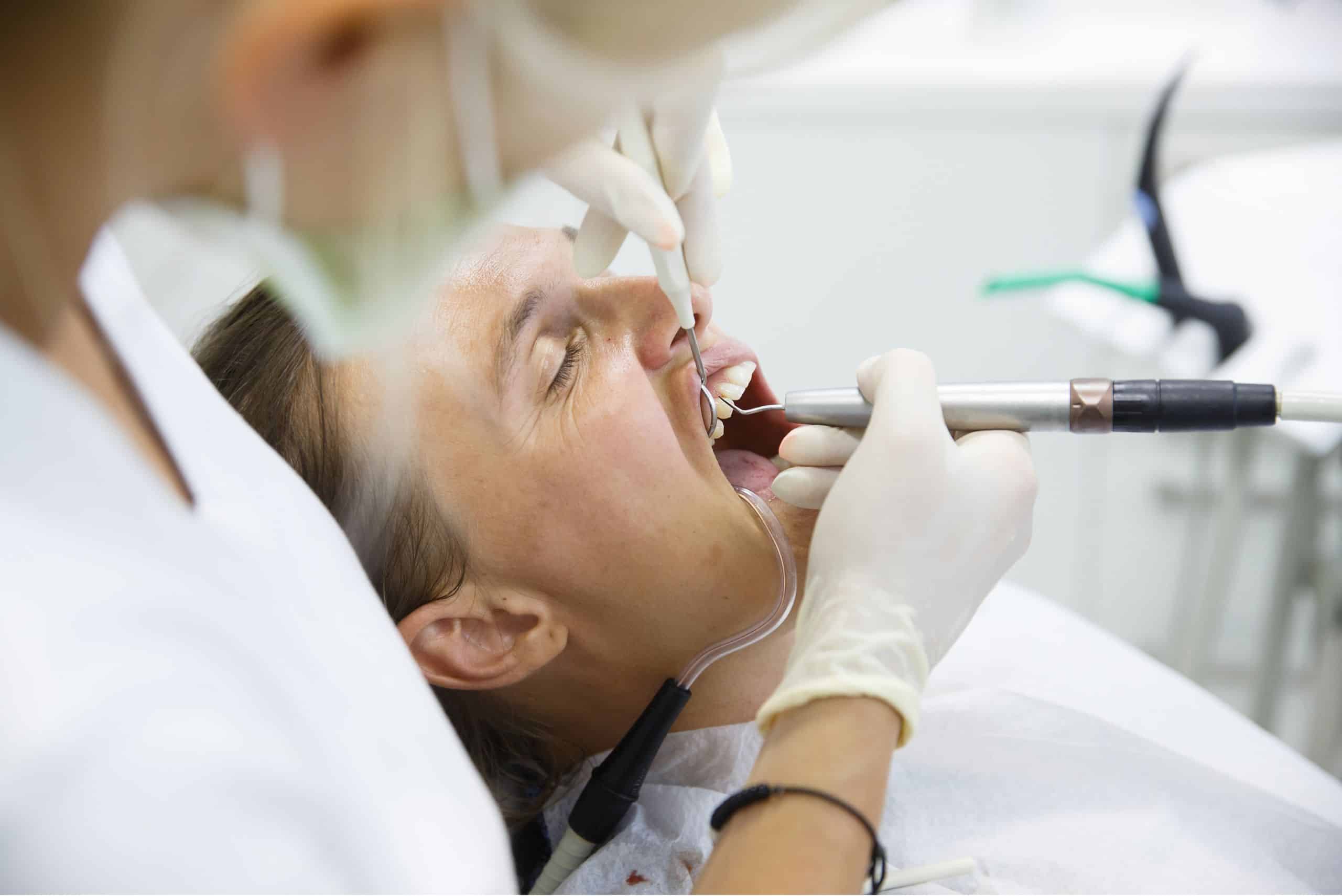
When it comes to dental treatments and procedures, both dentists and orthodontists can provide a wide range of services to help maintain oral health and improve appearance. Some of the most common treatments and procedures include:
- Cleanings: Regular cleanings are essential for maintaining good oral health and preventing gum disease and tooth decay. Dentists and dental hygienists can perform cleanings, which involve removing plaque and tartar buildup from the teeth and gums.
- Fillings: When a cavity forms in a tooth, a dentist can remove the decayed part of the tooth and fill the hole with a dental filling. This helps to prevent further decay and restore the tooth’s function.
- Crowns and Bridges: Crowns and bridges are used to restore damaged or missing teeth. A crown is a cap that is placed over a damaged tooth to strengthen it and improve its appearance. A bridge is a prosthetic device that is used to replace one or more missing teeth.
- Root Canal: When the pulp inside a tooth becomes infected or inflamed, a root canal may be necessary to save the tooth. During a root canal, the infected or inflamed pulp is removed and the inside of the tooth is cleaned and sealed.
- Extractions: Sometimes a tooth cannot be saved and must be removed. Dentists and oral surgeons can perform extractions, which involve removing a tooth from its socket in the jawbone.
- Orthodontic Treatments: Orthodontic treatments are used to correct misalignments and abnormalities in the teeth and jaws. This can include braces, aligners, and retainers, which are used to straighten teeth and improve occlusion.
- Teeth Whitening: Teeth whitening treatments can be performed by both dentists and orthodontists to improve the appearance of discolored or stained teeth.
- Veneers: Veneers are thin shells that are placed over the front of the teeth to improve their appearance. They can be used to cover up stains, chips, or other imperfections.
- X-Rays: X-rays are used to diagnose dental diseases and conditions that may not be visible during a regular exam. They can also be used to monitor the progress of treatments and procedures.
- Oral Hygiene: Good oral hygiene is essential for maintaining healthy teeth and gums. Both dentists and orthodontists can provide advice and guidance on proper oral hygiene practices.
- Gum Disease Treatment: Mild gum disease can often be treated with a deep cleaning procedure called scaling and root planing. More severe cases may require surgery or other advanced treatments.
- Oral Cancer Screening: Dentists and oral surgeons can perform oral cancer screenings to detect early signs of cancer in the mouth.
Overall, both dentists and orthodontists play important roles in maintaining good oral health and treating dental diseases and conditions. While dentists focus on general oral health care, orthodontists specialize in the diagnosis and treatment of misalignments and abnormalities in the teeth and jaws.
Specialized Training and Certification
Both orthodontists and dentists require specialized training and certification to practice. While dentists focus on overall oral health, orthodontists specialize in diagnosing and treating misalignments of teeth and jaws.
To become a dentist or orthodontist, individuals must first obtain a degree in dentistry from an accredited dental school. This typically takes four years of undergraduate study followed by four years of dental school. During this time, students receive extensive training in oral health, including coursework in anatomy, physiology, and dental procedures.
After completing dental school, those interested in becoming orthodontists must complete a residency program in orthodontics. These programs typically last two to three years and provide additional training in the diagnosis and treatment of misaligned teeth and jaws.
Once their residency is complete, orthodontists may choose to become certified by the American Board of Orthodontics (ABO). Certification by the ABO is not required to practice as an orthodontist, but it is a widely recognized credential that demonstrates a high level of expertise in the field.
Dentists may also choose to receive additional training in orthodontics through continuing education courses or residency programs. However, they are not required to do so to practice general dentistry.
In addition to completing the necessary training and certification, both dentists and orthodontists must also be licensed by their state to practice. This involves passing a series of exams and meeting other requirements set by the state licensing board.
Overall, both dentists and orthodontists require extensive training and certification to practice in their respective fields. While dentists focus on overall oral health, orthodontists specialize in the diagnosis and treatment of misaligned teeth and jaws.
Orthodontic Concerns and Solutions
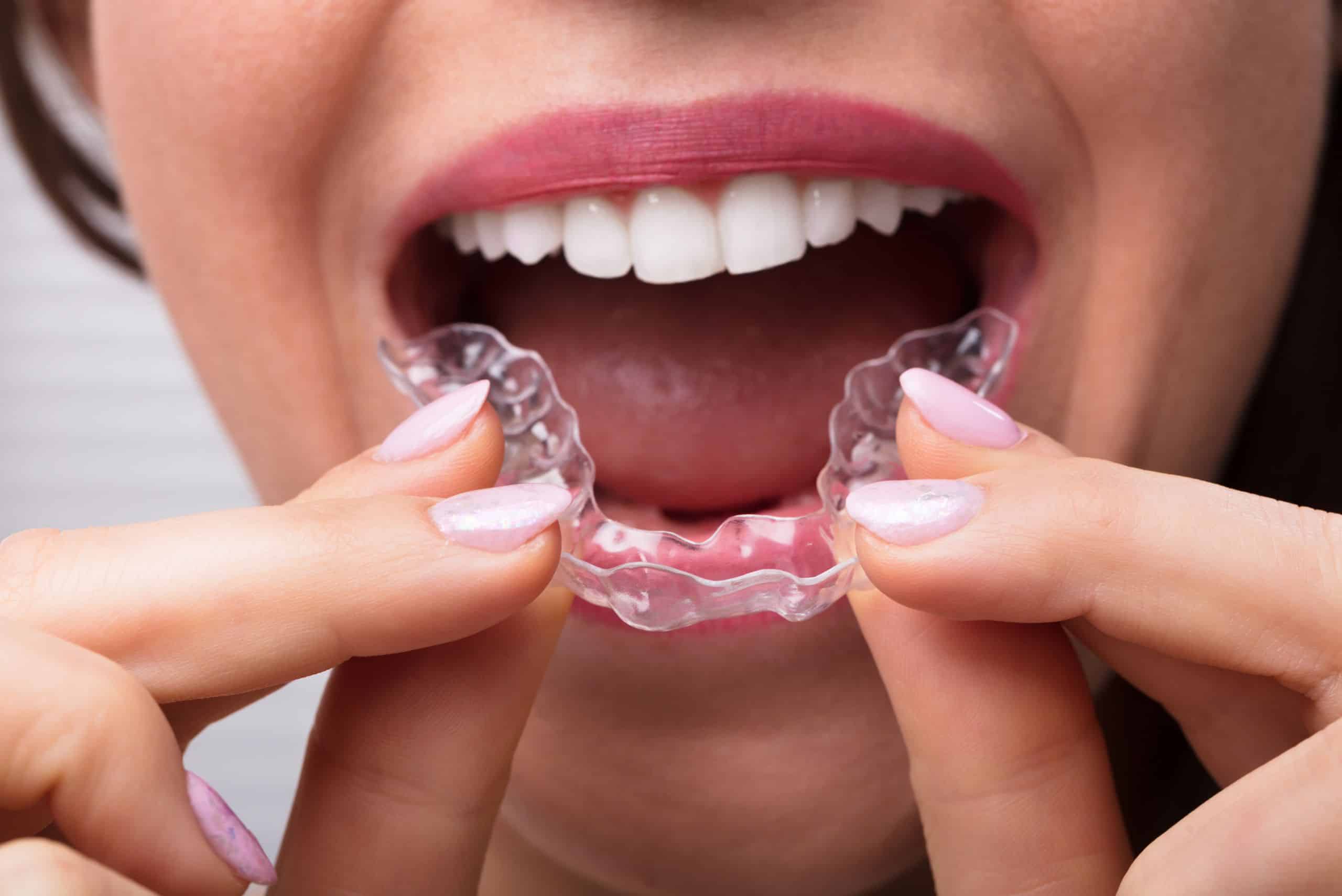
Orthodontic concerns refer to issues related to the alignment of teeth and jaws. Both orthodontists and dentists can provide dental care, but orthodontists specialize in the diagnosis, prevention, and treatment of dental and facial irregularities. Orthodontic treatment can help improve the appearance, function, and health of teeth, gums, and jaws.
One of the most common orthodontic concerns is a misaligned bite, which can cause problems with chewing, speaking, and even breathing. An orthodontist can diagnose and treat a misaligned bite using various orthodontic appliances, such as braces, aligners, and palatal expanders. Palatal expanders are used to widen the upper jaw to create more space for crowded teeth.
Orthodontic treatment can also help prevent gum disease and other dental problems. Poorly aligned teeth can make it difficult to clean teeth and gums properly, which can lead to infection and other oral health issues. Orthodontic treatment can help improve the alignment of teeth and make it easier to maintain good oral hygiene.
Orthodontic treatment is especially important for children, as it can help correct problems with growth and development. Early orthodontic screening can help identify problems with jaw alignment and other issues before they become more difficult to treat. Orthodontic treatment can also help prevent problems with speech, chewing, and other functions.
In some cases, orthodontic treatment may require referral to a periodontist or other dental specialist. Orthodontic treatment may also involve the use of a palatal expander to correct jaw alignment issues. Palatal expanders can help create more space in the mouth and improve breathing and other functions.
In summary, orthodontic concerns can be addressed through the specialized care of an orthodontist. Orthodontic treatment can help improve the alignment of teeth and jaws, prevent dental problems, and improve overall oral health. Early orthodontic screening and referral to a specialist when necessary can help ensure the best possible outcomes for patients.
Conclusion
In conclusion, while both dentists and orthodontists specialize in oral healthcare, there are some significant differences between the two professions.
Dentists are licensed medical professionals who focus on the overall health of teeth and gums. They provide preventive care, diagnose and treat dental problems, and perform procedures such as fillings, extractions, and root canals. They also offer cosmetic dental treatments like teeth whitening and veneers.
On the other hand, orthodontists are dental specialists who focus on the alignment of teeth and jaws. They diagnose and treat issues like misaligned teeth, overbites, and underbites using braces, aligners, and other orthodontic appliances. Orthodontists receive additional, specialized training that qualifies them to install braces and diagnose a misaligned jaw.
It’s important to note that while dentists can perform some orthodontic procedures, like fitting braces, they do not have the same level of expertise as orthodontists. Therefore, if you need orthodontic treatment, it’s best to see an orthodontist. Your dentist can refer you to a trusted orthodontist in your area.
In summary, both dentists and orthodontists play important roles in maintaining oral health. If you’re looking for preventive care or need a dental procedure, a dentist is the right professional to see. However, if you have issues with teeth or jaw alignment, it’s best to see an orthodontist for specialized treatment.


